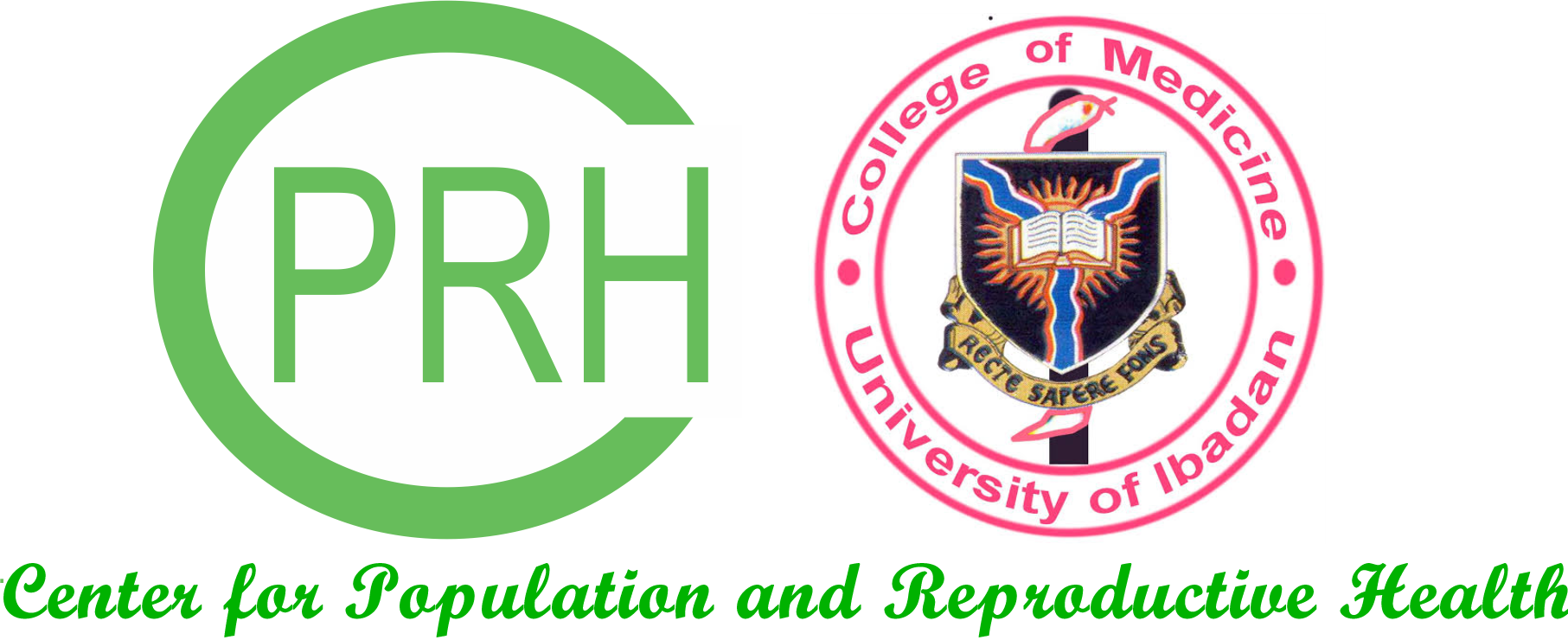Some of the findings from the Key Indicators revealed geographical disparities. Literacy rates, an Indicator of the 3rd MDG (promoting gender equality and empowering women), showed a north-south divide being lower in the northern zones than in the southern zones. Literacy rates appeared to increase between 2003 and 2008 in most zones, a decline was seen in the southeast among females (85.6% to 81.3%), and in southwest amongst males (93.0% to 89.6%) and in both sexes in the northeast (25.6 and 22.8 for fem ales; 59.9% to 53.8% for males). Literacy rates were lower among older women and men compared with women holding other factors in the model constant. Literacy rates were higher in richer compared with poorer Nigerians.
Infant mortality rate indicator revealed a decrease between the 2003 and 2008 surveys in all zones except the South East zone where rates increased over time from 66% to 95%. Infant deaths reported over the ten year period preceding each survey were higher amongst males compared with female infants; morality among infants was higher in the North East, South South and South East zones compared with the South West. After adjusting for other factors, fewer infant deaths were reported by older women compared with teenagers, women with higher education compared with those with no formal education, and women in the highest wealth tertile compared with those in the lowest tertile. Similarly, lower odds of infant death were reported among infants who were second or third in the birth order compared with first born, infants of mothers who received ANC, compared with those who did not and infants of mothers who received at least two doses of tetanus toxoid compared with those whose mothers received none. In addition, fewer deaths were reported among infants born by cesarean section compared with those who were not.
Indicators related to MDG 5 (improve maternal health) – previous demographic and health survey reports indicate there has been a decline in maternal mortality, though the figures remain high with wide regional variations. The measurement of maternal mortality has been a challenge, with different methods being used over the years. The NDHS uses the direct variant of the sisterhood method which uses mortality histories of female siblings related to pregnancy and childbirth and person years of exposure to determine the mortality rates by age group. These rates were then combined with the general fertility rate to obtain the maternal mortality ratio. In this assessment: a variable was computed by assigning any woman who reported having lost a sibling to pregnancy-related causes as having the outcome. The proportion of women reporting sibling pregnancy- related deaths over the five year period preceding the survey was highest in Zamfara (8.5%) and Borno (6.1%) states and lowest in Oyo (0.4%), Ondo (0.6%), Ogun (0.8%), Delta (0.8%) and Plateau (0.8%) states. A closely related index to maternal mortality is the proportion of births attended by a skilled attendant. The trends in the number of births attended by skilled health personnel between increased by 15 percentage points occurred in the period under review. The proportion of births attended by skilled health personnel was greater in the southern states than the northern states in all three surveys. The Proportion of births attended to by skilled health attendants comparing 2008 to 2003, appears to have reduced in the multiple logistic regression model. The odds of a skilled health personnel attending a birth was significantly higher among women with some education, compared with those with no education. Wealthier compared with poorer women; women in South East compared with South West Zone and women who attended ANC compared with those that did not.
Over the years, CPRH has pioneered and provides leadership for acquisition of RH service and research skills and has been in the forefront of translation of research into practice aimed at improving the quality of maternal, newborn and child health in the country

CPRH has a good complement of consultants who are available to participate from the Departments of Obstetrics and Gynecology Health Promotion and Education, Epidemiology, Biostatistics and Demography, Community Medicine, Institute of Child and Adolescent Health Sociology, among others combined to provide a wealth of experience and expertise that will effectively execute the tasks detailed therein.

In 2007, the success story recorded from the strengthen EmONC programs conducted for UNFPA in Northwestern Nigeria tagged “Kasoke EOC training” meaning “Nullify maternal Mortality” in the state of Katsina, Sokoto, and Kebbi” by significant reduction in MMR and improve quality and utilization of care was partly responsible for CIDA – Canadian International Development Agency to release further funds to UNFPA in 2008 to April 2009 for expansion to other six states of Nigeria by our team.

